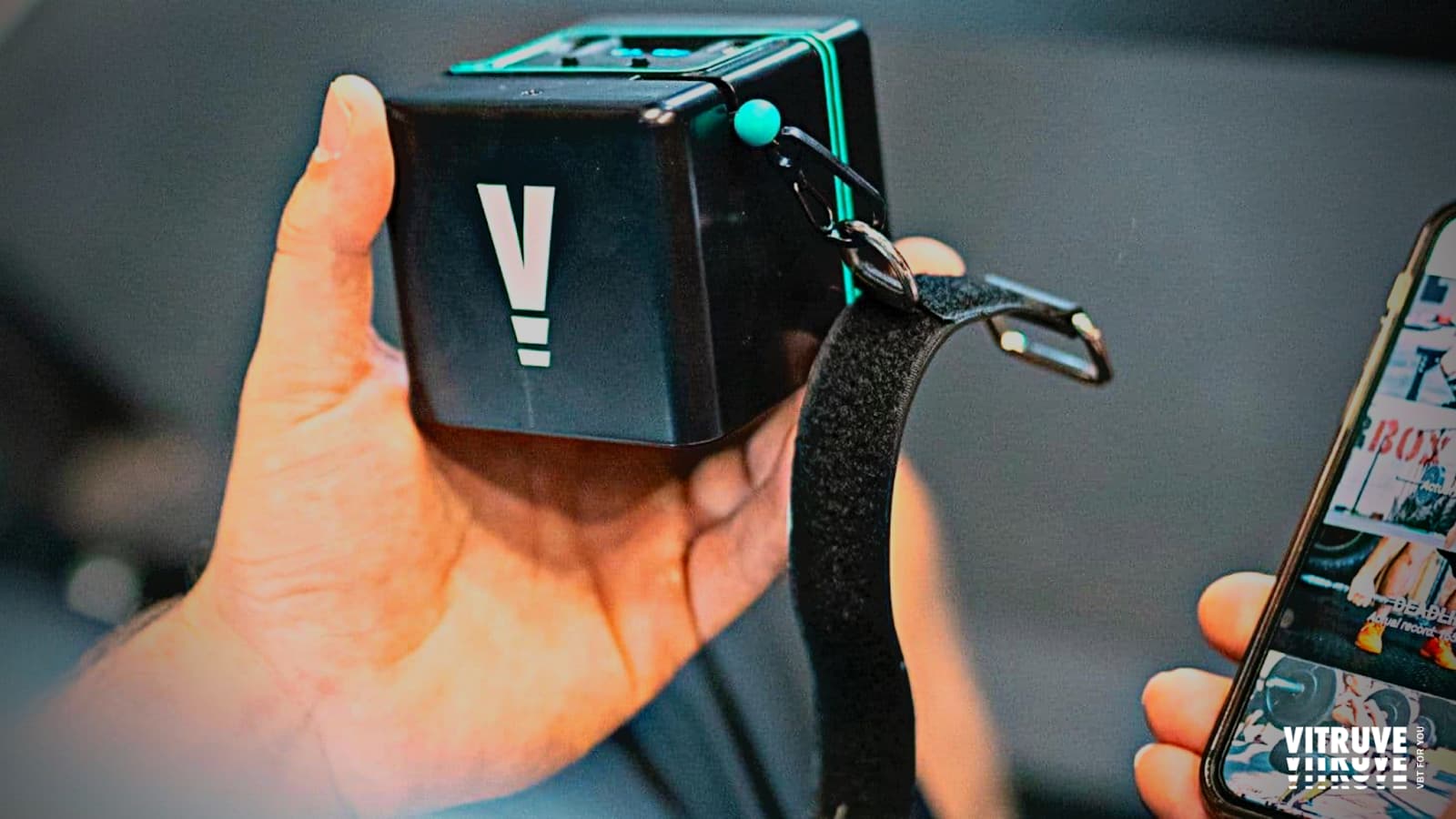16 de August de 2022
Eccentric Overload Training For Strength Eccentric Overload
The world of sports performance has been paying more attention to eccentric training, which may allow athletes to reach new heights in terms of strength and force. Formerly, only used in bodybuilding and powerlifting circles, elite college programs and professional sports teams are increasingly implementing eccentric methods.
Besides this, Eccentric-focused training appears to provide greater adaptation to strength training than “traditional” training, as more evidence accumulates. But what exactly does eccentric overload training entail? How is it beneficial? Why should you add it to your training, and how should you perform it? Read on to know more!
Eccentric Overload Training- What is it?
Strength training exercises usually include three phases: a concentric phase, an isometric phase, and an eccentric phase. During the concentric phase, the muscle shortens, reaching its peak contraction to overcome gravity or a resistance load. Following the concentric phase, the isometric phase describes a period of stationary muscle contraction. As a final step, the eccentric phase refers to resuming the muscle’s original state after an isometric phase.
The eccentric training mainly focuses on slowing down the cadence, or speed, of the eccentric phase, which can increase the challenge. When you perform an eccentric repetition, the external force of the weight, or gravity, is greater than the force you generate to move it. In this sense, eccentric training is also referred to as performing “negative” repetitions.
Benefits Of Eccentric Overload Training
Eccentric training is a go-getter training tool utilized by athletes, bodybuilders, and physical therapists for its wide range of muscle-enhancing usefulness. Other than this,
- It allows for supra maximal trains and provides greater movement efficiency.
- Procure more bang for your buck when it comes to strength training and it is what makes it a popular preference in rehabilitation and athletic training settings.
- Eccentric training is also particularly useful for those who are strapped for time because when it’s used properly, it provides a greater stimulus in less time.
- Eccentric actions have been shown to create a greater force on the muscle than concentric actions, it has been theorized that including eccentric-focused exercises in your training program can lead to greater muscle hypertrophy (growth)
- Eccentric training is an effective way to enhance your strength, stability, and control around joints such as the knees, hips, and spine, helping to prevent injury and chronic pain.

Top Eccentric Overload Training Workouts
There is a great deal of variation in eccentric exercise programming depending on your sport, experience level, and goals. The following are a few examples of eccentric exercises that can help you get started. However, you can adjust the count to make the exercise harder or easier by slowing down the eccentric phase of each exercise.
1. Eccentric Physioball Hamstring Rollouts
For this exercise, you’ll use a physio or swiss ball to set off the hamstring during the eccentric portion of the movement.
- Lay on an exercise mat on your back with a physioball at your feet.
- With your legs stretched out, place both feet on top of the physioball and lift your butt off the ground slightly.
- Bring the ball back with both legs by bending your knees.
- Return the ball to the starting position by slowly extending your legs, making sure to focus on eccentrically contracting the hamstrings.
- Repeat the exercise for the desired number of reps and sets. Switch sides and repeat.
- To make this exercise more challenging, perform the eccentric extension of the legs with one leg lifted in the air and one leg on the ball.
2. Eccentric Hamstring Curl
This exercise is unique in the way that in this exercise you’ll curl the weight with both legs and then slowly release it back to the initial position with one leg to increase eccentric force. You can use either a seated or lying hamstring curl variation to complete this movement.
- Position yourself on either a seated or lying hamstring curl machine with the back of your calves contacting the pad.
- Select a slightly lighter weight than you would normally use for traditional leg curls.
- Curl the weight with both legs by contracting the hamstrings until the pad contacts the back of your upper thighs.
- Take one leg off the pad. Slowly and steadily lower the weight with the other leg to take advantage of the eccentric portion of the rep.
- On the next rep, lower the weight with the other leg, repeating for the desired number of reps and sets.
3. Eccentric Barbell Squats
This exercise takes the traditional barbell squat and slows down the descending (eccentric) portion to enhance a slight degree of added difficulty. This movement can also be performed without weight for novices who are new to eccentric training.
- Set up a barbell on a squat rack with an appropriate amount of weight — usually quite a bit less than you would use for regular squats.
- Position the bar on your back, unrack the weight, and space your feet slightly wider than shoulder-width, with your feet pointed a bit outward.
- Gradually descend by bending the knees, resisting the weight on the bar, and counting to three. This is the eccentric portion of the rep.
- When you reach the bottom of the rep, pause briefly before pushing through the floor to return to the starting position.
- Repeat the previous steps, ensuring to descend slowly with each rep.
4. Eccentric Band-Assisted Pull-Ups
To perform this training you’ll slow down the descending portion on a traditional pullup to increase muscle recruitment and intensity.
- Position yourself in front of a pullup bar with a long resistance band securely knotted around the middle of the bar.
- In a controlled manner, step up or jump up to grasp the bar with a wider-than-shoulder-width grip. Step one or both feet into the band.
- Pull yourself up with the assistance of the band. Afterward, stabilize at the top with your head just above the bar, and gradually lower your back down to the starting position, feeling the muscles of your back contract. This is the eccentric part of the rep.
- Now, repeat for the desired amount of reps and sets.
In eccentric training, some common mistakes should be avoided, such as using too heavy a weight and going too fast or slow during repetitions. It’s best to start with low intensity and light weights since eccentric training causes muscle soreness.

Wrapping Up
Exercises such as eccentric, or negative, training aid in improving muscle strength and preserving muscle mass in rehabilitation settings. Regardless it is also a fact that aside from causing substantial muscle soreness, eccentric training can also lead to fatigue. Hence, it’s best to start light and increase the weight gradually. However, you can easily integrate eccentric training into your training program if you are looking for a research-backed method of increasing your training intensity or even if you are recovering from an injury.
Furthermore, if you plan your eccentric overload training sessions with an encoder like Vitruve, you will be able to control your workout sessions more effectively because you will know the specific percentage of strength you are working on by knowing the performance speed. Additionally, the Vitruve encoder offers the fastest acoustic feedback in the form of an application that helps you stay focused and concentrate on each workout step.
With the Vitruve encoder, both intensities and training volumes can now be controlled by the initial repetition speed of the active series or the loss of intra-series speed. You cannot avoid the fact that encoder training can be a major change and a step up in your training program.

